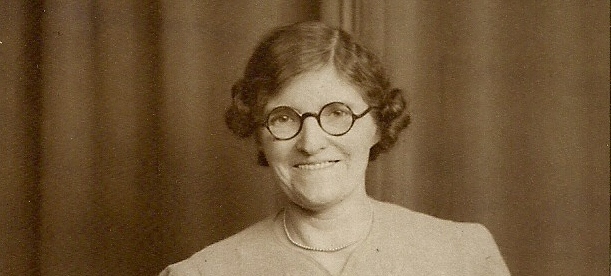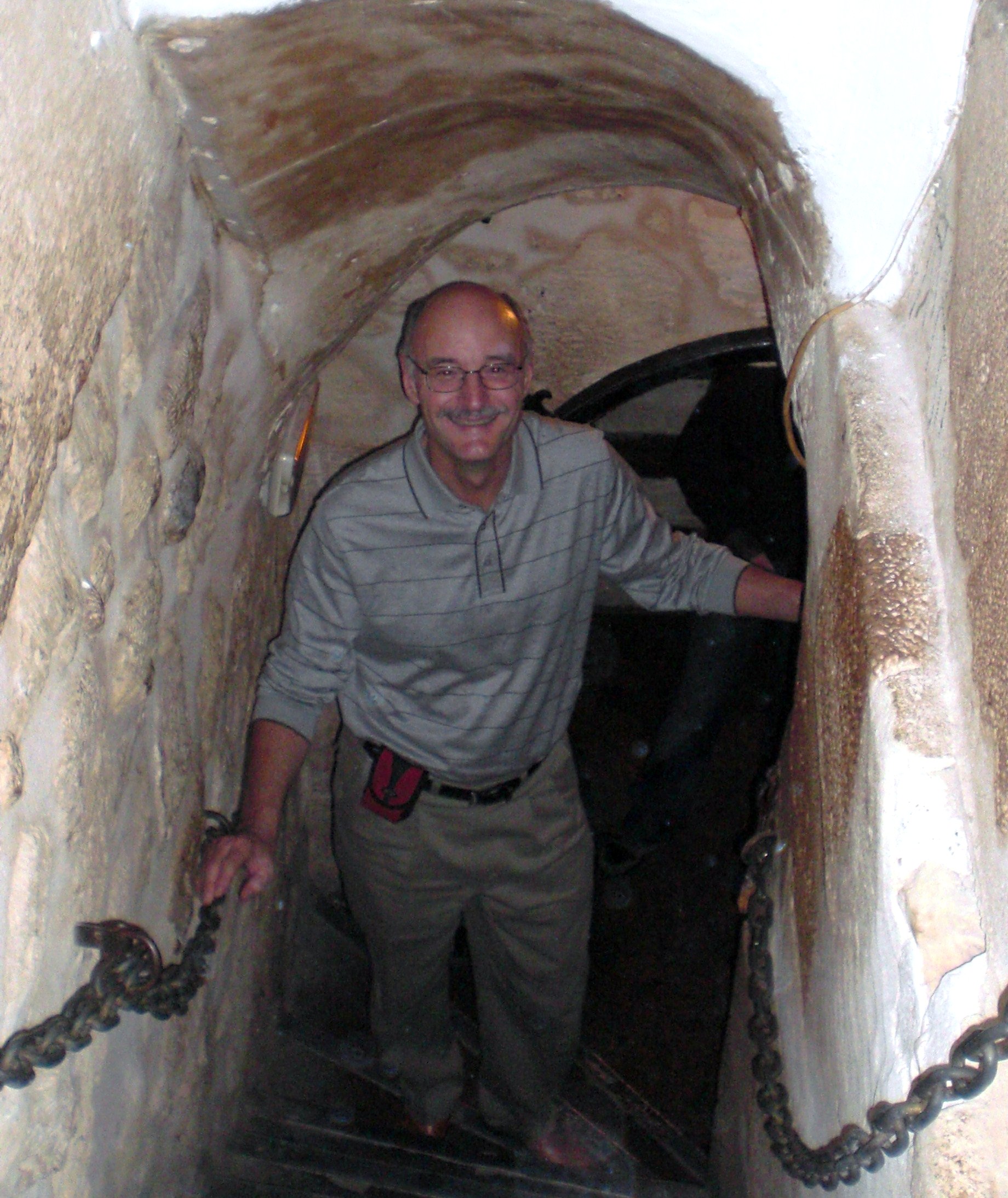Retirement has given Graham Segger the time to root around his family tree and discover the ethical challenges involved when uncovering forgotten details of past relatives’ lives.
As a much anticipated date with retirement rapidly approached, friends began showing a most insistent curiosity about how a confirmed workaholic was planning to fill the days of his new found freedom. Shortly after the almost universal plea of “take me with you,” conversations would invariably skew toward questions about hobbies, travel plans and how I planned to fill the “final third of my life,” as Dr. Henry Lodge and Chris Crowley describe it in their “aspirational” book Younger Next Year. These have been healthy discussions and have prompted me to resurrect many interests and plans which have lain dormant too long. Little did I realize that the pursuit of one of these innocent projects would lead to a series of unexpected ethical challenges, while at the same time literally opening up a whole new world to me.
Several years ago I had started a study of my family history with some quite successful progress with three quarters of the family tree. Unfortunately, the project had lapsed after I encountered a stubborn and impenetrable brick wall with my paternal grandmother’s family. It was general family knowledge that my grandmother had been adopted in Edinburgh in the late 1890s, I knew her full adoptive name from a 1920 marriage certificate and I had found an online 1901 census record which documented her place of birth as Glasgow. During her life, she had kept any specific knowledge she may or may not have known about her ancestors to herself, but there was one other important clue. My father had recounted a story about a visit with an elderly aunt in England who he was sure was a relation of his mother, and more importantly, he remembered her name and the town. What followed was a hugely time consuming, but ultimately satisfying adventure unlocking the secret of my grandmother’s past and her lost family.
Graham emerging from the basement jazz club at Caveau des Oubliettes, Paris – photo by Diane Segger
Patience, determination and the Internet
Genealogy research requires patience, determination and in recent years, a reasonable grasp of Internet search techniques. We’ve entered a golden age for such research where meticulous church and civic record keeping and retention in the nineteenth century and earlier has conjoined with modern computer indexing and search technology and the data sharing features of the World Wide Web. What I found almost as fascinating as the search for relatives was the online race for control and access to this information among governments, commercial genealogy companies, the Church for Latter Day Saints (LDS or Mormons) and an emerging international “free BMD (birth, marriage, death registrations) and census enumeration” movement. The Scots and a company called Ancestry.com, using different business models, have turned the sale of genealogical data into huge money generating enterprises. It is hard to argue with their motives though, as they both reinvest vast sums into the improvement and expansion of the data they sell. Overlaying this tussle for control of genealogical sources are the sticky questions of personal privacy and ownership rights to this data. My search for my grandmother’s roots took me deep into the records of Scotland, England, British Columbia, New York and California as represented in over a dozen governmental, commercial and “free” websites. I was initially totally dependent upon these sources as I did not have the luxury of any recalled family history, always the recommended jumping off point for any genealogy project. Each jurisdiction takes a slightly different approach to the control of their registration and census data, generally allowing access to fairly recent death registrations while applying some variation of a 100 year rule for births and census data. All this is a far cry from my early, often frustrating searches through microfiche records at my local LDS family history centre.
Slowly at first and then with increasing enthusiasm I was able to track down the distant aunt’s marriage, her husband’s siblings and parents and eventually, with help from the General Records Office, Scotland, my grandmother’s birth name, registration and parents. Not unexpectedly, I discovered that she was the product of an out-of-wedlock relationship. From this point, the regular ten year census records for 1891 and prior decades helped me fill in the family history for the preceding 100 years, though not without many false starts. There were over 10,000 individuals in Scotland with variations on her family name in 1891, and I found at least four different variations applied to her family, either through transcription errors or imperfect literacy skills. When most of the family disappeared from the Scottish records in 1901, I went looking in the online transatlantic passenger lists and eventually discovered that her parents and the rest of the siblings, other than the one widowed sister-in-law in England, had emigrated to Canada or the US between 1891 and 1908. These were not the last transatlantic voyages for some of the family however. I’ve recently located Canadian Expeditionary Force enlistment forms for five of the family members. These forms are a wealth of information. On one I was able to see a detailed description of two forearm tattoos and was also able to determine that another relative understated his age by four years to sneak in just under the age restriction of 45.
Ethical challenges
It was at this stage that I unexpectedly ran into one of my first quandaries. What would my grandmother, gone from this world for 25 years, think of my probing into her family situation? Further, how comfortable would some of my new-found cousins be with the knowledge that they were about to inherit over 20 new black sheep family members? Even though the events at issue occurred over 100 years ago, had societal mores evolved enough for us to be welcomed back into the family? As in most situations we encounter in life, I can report that the reactions have been mixed, ranging from enthusiastic collaboration and welcome to frosty cold shoulder. Having tracked the family to the west coast, I’ve now been able to establish rewarding ongoing contact with several third cousins in BC, California and England who have been helping to fill in twentieth century details, and have added several hundred new names to my tree in the process.
During my earlier and current preoccupations with my family history it has struck me how similar it is in many respects to one of my earlier youthful hobbies – stamp collecting. Each stamp image represented a unique, compelling and often colourful story, and they too had to be organized into families, either by theme or country of origin. Initially I was driven by the quantity of stamps I could amass (no surprise that on the inside cover of my first album are detailed inventory lists made at December 31 of each of the years between my 7th and 12th birthday) but over time that evolved into a pursuit of quality as represented by rarity, condition of the image or the combination of the two represented by first day of issue envelopes. So too, my family history passion has evolved from the collection of names to a deeper exploration of their occupations, historical context, migration patterns, photographs and detailed citations of sources to support my work. Who knew that cordiners and spriggers, who showed up in separate branches of my tree, were both sub-specialties of the boot making profession? With such research comes a sense of proprietary ownership of these ancestors and a new conundrum. Now that I “own” the definitive assembly of historical facts about this family, how comfortable am I freely distributing it. I rationalize some of my initial reticence by pointing to the fact that much of the key supporting Scottish data comes from copyrighted materials purchased from the General Records Office, that some of it is private data relating to living relatives and further by a concern that the “collection” is not yet 100% complete. Probing deeper, is there something of the hoarding instincts of the acquisitive collector at work here?
As so often happens with hobbies, one interest leads to another. I’ve decided that the only fair thing to do is to share the results of my research for the benefit of my ancestors and the many distant cousins and family members who may one day show an interest, and to do so outside the commercial boundaries of the for-pay subscription websites. I’m having great fun exploring the options for setting up a family tree website which will honour copyright laws, contain appropriate documentation of sources and include safeguards to ensure no unauthorized publication of living relative’s data. I just hope that grannie would have approved.
Photo above of Christina Elizabeth McEwan Segger (1896-1984) taken in 1939. Her birth registration name in Glasgow was Elizabeth Miller McEwan and her adopted name in Edinburgh was Christina Elizabeth McEwan Carruthers.



Your research has stired my interest. My name is John Segger and I live in Fonthill. I came to Canada in 1973 from England with my family. The little research my son and I have carried out shows our ancestors trace back to the Ipswich, Rushmere area in Suffolk England to around the sixteenth century. Wonder if you had ancestors in that area.